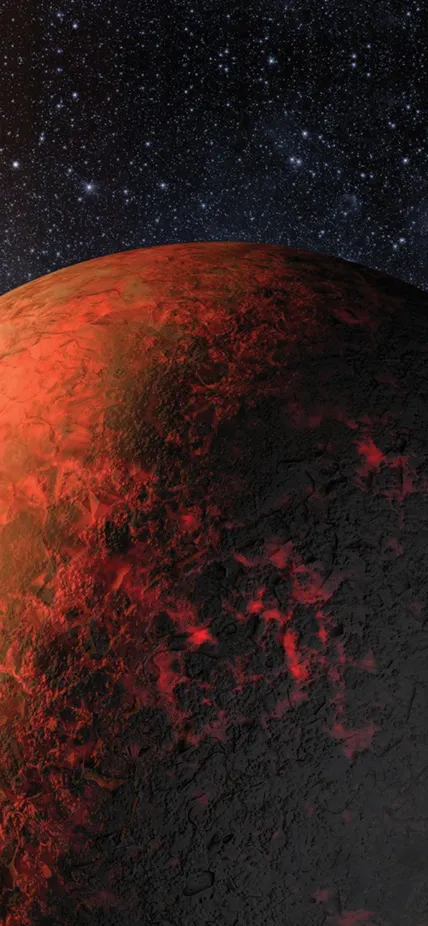
Washington, DC—Carnegie Science today announced that Eric Isaacs is stepping down as president, after more than six years of transformative leadership. Isaacs has overseen a period of significant organizational advancement, guiding the institution through a strategic evolution while seeding landmark scientific achievements.
Under Isaacs’s leadership, Carnegie Science reshaped its scientific focus into three primary research areas: astronomy, Earth and planetary sciences, and life and environmental sciences. This reorganization strengthened the institution’s interdisciplinary research capabilities, creating a cohesive vision for the future of basic science exploration.
Among his notable achievements, Isaacs successfully raised $200 million to support new research initiatives, ensuring the institution’s ability to explore the future. He also orchestrated the consolidation of Carnegie’s Biosphere Sciences & Engineering (BSE) research operations to Pasadena, California. This move enhanced the potential for cross-disciplinary collaborations with Caltech and other institutions and positioned Carnegie Science as the global leader in scientific innovation.
Isaacs also was essential in advancing the Giant Magellan Telescope (GMT) project, laying the groundwork for potential National Science Foundation funding. The GMT, a next-generation ground-based telescope, represents a cornerstone of U.S. astronomy and is poised to deliver groundbreaking astronomical discoveries in the decades to come.
Reflecting on his tenure, Isaacs said, “I have enormous gratitude for the brilliant scientists who I have had the pleasure of working with in and through Carnegie. The institution is strong and well-positioned for future success, and I have great confidence in the leadership team’s ability to see it through to fruition.”
Craig R. Barrett, Board Chair for Carnegie Science, said: “Carnegie Science is deeply appreciative of Eric’s visionary leadership and the remarkable progress made under his stewardship, especially given the interruption to the work that came with the global pandemic. His legacy of scientific excellence, strategic foresight, and bold initiatives will propel Carnegie Science to a rich future of cutting-edge research. We wish him well in his next endeavors and thank him for all he accomplished.”
Interim Leadership to Continue Momentum

As the board of trustees begins a search for Carnegie Science’s next president, two highly respected leaders will assume leadership roles. John Mulchaey, Carnegie’s Deputy for Science and the Director and Crawford H. Greenewalt Chair of the Carnegie Science Observatories, will serve as interim president. Mary Maxon, a distinguished life sciences expert and Carnegie Trustee, will serve as executive vice president.
Both Mulchaey and Maxon bring decades of scientific expertise and a deep and abiding commitment to Carnegie Science’s mission. Their leadership will ensure continuity and forward momentum as the institution continues to explore the frontiers of basic science.
